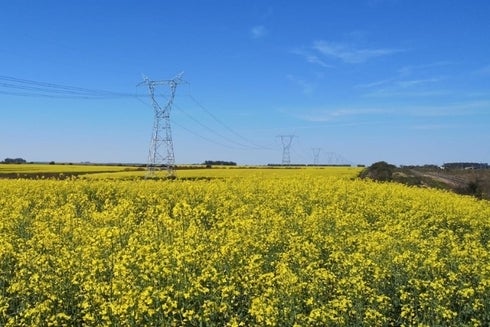
Although electricity coverage is very high in Latin America and the Caribbean, there are still around 32 million people without access to commercial electricity grids, often living in remote areas with very low population density and where access to services is difficult and very costly. In addition, in some LAC regions, such as the Amazon area, electricity provided by mini-grids is more cost effective than grid connection.
While non-conventional renewable energy (RE) technologies (such as wind and solar power) provide for a sustainable and long term cost-effective solution to increase access to energy in isolated areas and improve services from exiting mini-grids, most installed energy generation capacity in mini-grids is based on diesel.
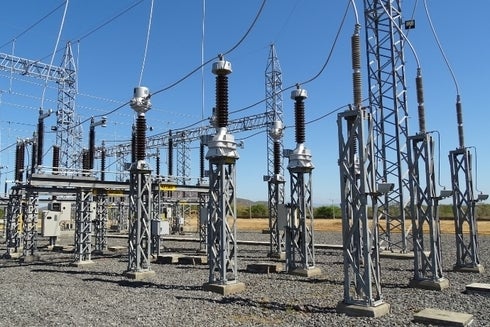
Investments by private energy operators in RE mini-grid solutions in the region are still relatively small. The reason for that is two-fold: (i) even though RE has in the long term lower OPEX than diesel, diesel generation has a much lower CAPEX than any RE generation source and hence requires much lower initial investments; and (ii) often the concession or PPP arrangements in place to promote RE investments do not incorporate sufficient economic or financial incentives or address potential risks so as to ensure that private sector operators will generate enough returns to repay for the RE investment and make a profit.
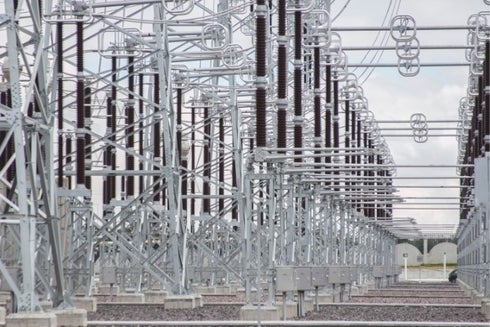
This instrument being piloted by CMF in Colombia with Bancóldex, Colombia’s second tier national development bank (NDB) in charge of supporting entrepreneurial development, provides for:
- Long term finance at adequate terms and conditions to private investors in order to cover the CAPEX and payback requirements of RE projects. The blend of an IDB loan with Clean Technology Fund (CTF) and a NDB’s own resources is used to develop a credit line with the necessary concessionality and payback periods to promote RE investments. The resources of the dedicated credit line will be on-lend to IFIs so that they can in turn provide sub-loans at adequate terms and conditions to potential private sector investors.

- Technical cooperation to support the structuring of concessions and PPPs in order to make investments in RE mini-grid generation attractive to private sector investors, including:
- Support the development of concession / PPP contracts and terms for private sector engagement, including EPC (Engineering, Procurement and Construction) contracts between operators and technology providers and PPA (Purchase Power Agreements) between RE generation operators and distributors;
- Identification and engagement of technology providers and other key market stakeholders to support the demand for financing through the development of technically-robust, bankable projects;
- Engagement of LFIs in the deployment of the new financial, non-financial, and risk mitigation products;
- Development of standards and mechanisms for adequate monitoring, reporting, and verification of impacts resulting from the project execution.
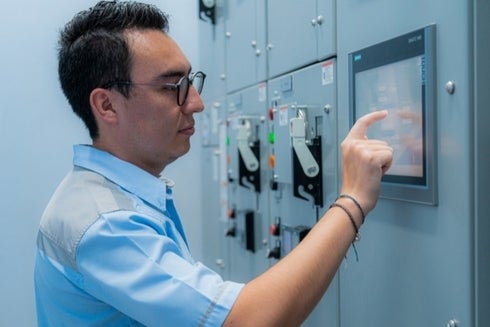
The strategy is based on the fact that the program is executed through a NDB, which not only has an in-depth knowledge of the conditions for private investment in the local market, but also has the mandate and capacity to coordinate the efforts of different relevant stakeholders in the local market in order to develop and implement financial strategies that blend both financial and non-financial instruments in order to catalyze private sector investments and their necessary financing.
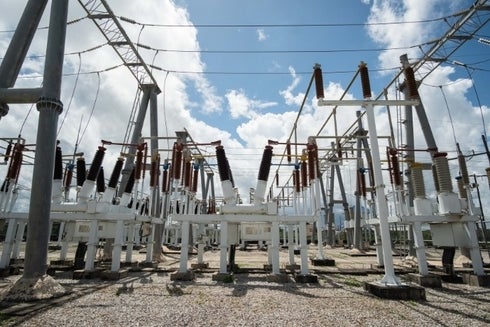
Renewable Energy Financing Program for the Non Interconnected Zones in Colombia ( CO-L1161 ). See also, technical cooperation CO-T1402 and CO-T1409.
Funding
Clean Technology Fund - Loan of US$ 9.265 million and grants of 0.7 million; IDB Loan: US$ 10 million.
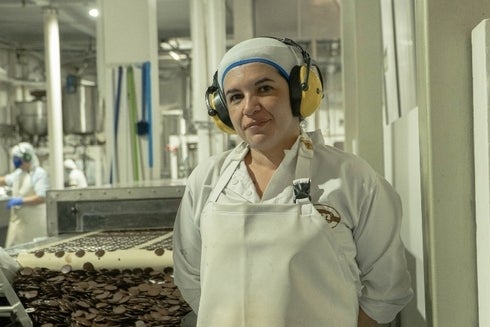
The investments in RE mini-grids mobilized through a US$ 19.265 million credit line from Bancóldex should be further leveraged by local financial institutions and investors by another US$ 8.7 million in private financing and equity. These investments should finance about 12 projects for a total RE installed capacity of 8.8 MW corresponding to an average emissions reduction of about 42,741 tons of CO2e per year. Given the Colombian Government’s ambition to increase the share of RE in the ZNIs to 30%, it is expected that in the long term the Program would have a transformational impact as its business model could be replicated to more than 100 projects and achieve a total of 1.31 million liters of fuel savings for a total reduction in GHG emissions of 3.5MtCO2e.
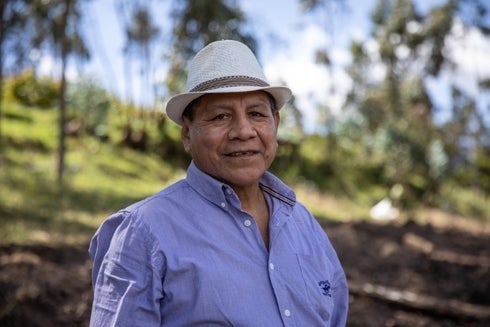
In addition, the improvement in the provision of energy services in the ZNIs is expected to result in important development co-benefits since a large part of the population in these zones has a very low level of income, relatively large unsatisfied basic needs (71% compared to 28% for the rest of the country), and is very diverse (since they are inhabited by 840,000 indigenous people of different ethnic groupsand 950,000 Afro-Colombians).
Discover the topics in which we work to improve lives in Latin America and the Caribbean.
Explore our offices across countries and the work they do to improve lives.
